The Top Questions Asked About Diamonds
Diamonds are fascinating gemstones with a rich history and a variety of characteristics that make each one unique. Whether you're considering purchasing a diamond or simply curious about these precious stones, here are the answers to some of the most frequently asked questions about diamonds.
How Are Diamonds Graded?
Diamonds are graded based on the "Four Cs": Carat, Cut, Color, and Clarity. These criteria are established by the Gemological Institute of America (GIA) and are widely used to evaluate a diamond's quality and value.
Carat: This measures the weight of the diamond. One carat equals 200 milligrams. Larger diamonds are rarer and therefore more valuable.
Cut: The cut refers to how well the diamond has been shaped and faceted. A well-cut diamond reflects light beautifully, enhancing its sparkle.
Color: Diamonds are graded on a scale from D (colorless) to Z (light yellow or brown). Colorless diamonds are the most sought after and expensive.
Clarity: Clarity assesses the presence of internal or external flaws, known as inclusions and blemishes, respectively. The fewer the flaws, the higher the clarity grade.
What Is Diamond Clarity?
Diamond clarity refers to the assessment of small imperfections on the surface and within the diamond. These imperfections are known as blemishes and inclusions. Clarity is graded on a scale from Flawless (no inclusions or blemishes visible under 10x magnification) to Included (inclusions and/or blemishes visible to the naked eye). Higher clarity diamonds are rarer and more valuable.
Do All Diamonds Have Fluorescence?
Not all diamonds have fluorescence. Fluorescence in diamonds refers to the glow that some diamonds emit when exposed to ultraviolet (UV) light. Approximately 25-35% of diamonds exhibit some degree of fluorescence, which can range from faint to very strong. Fluorescence can affect a diamond's appearance and value, sometimes making them appear more or less vibrant.
Can Diamonds Break?
Yes, diamonds can break despite their renowned hardness. While diamonds are the hardest natural material on Earth, they are not indestructible. They can chip or fracture if struck with significant force in a specific direction, particularly along their cleavage planes. Proper care and handling are essential to protect your diamond from damage.
Are Diamonds Laser Inscribed?
Many diamonds are laser inscribed for identification and certification purposes. A laser inscription is a microscopic engraving on the diamond's girdle, often containing a unique identification number that matches its certification report. This inscription is invisible to the naked eye and does not affect the diamond's appearance or value. It serves as a security feature and can help verify the diamond's authenticity.
How Can I Protect My Investment?
Protecting your diamond investment involves several steps:
Insurance: Ensure your diamond is insured against loss, theft, and damage. Comprehensive jewellery insurance policies can provide peace of mind.
Proper Storage: Store your diamond jewellery in a safe place, such as a jewellery box with individual compartments, to prevent scratches and damage.
Regular Maintenance: Have your diamond jewellery professionally cleaned and inspected regularly to maintain its brilliance and ensure the settings are secure.
Careful Handling: Avoid wearing diamond jewellery during activities that could expose it to hard knocks or harsh chemicals.
For more personalized advice, you can book a design consultation with our experts.
Argyle Pink Diamonds
Argyle Pink Diamonds are among the rarest and most coveted diamonds in the world. Mined from the Argyle Diamond Mine in Western Australia, these diamonds are renowned for their unique and vibrant pink hue. Here are some key points about Argyle Pink Diamonds:
Rarity and Value: Argyle Pink Diamonds are incredibly rare, accounting for less than 1% of the mine's total production. This rarity, combined with their stunning color, makes them highly valuable and sought after by collectors and investors.
Unique Color: The pink color of these diamonds ranges from faint pink to deep, vivid pink. The exact cause of the pink coloration is still a mystery, adding to the allure and mystique of these gems.
Investment Potential: Due to their rarity and increasing demand, Argyle Pink Diamonds are considered a good investment. Their value has consistently appreciated over the years, making them a wise choice for those looking to protect their wealth.
Closure of the Argyle Mine: The Argyle Diamond Mine ceased operations in 2020, further increasing the scarcity and value of these pink diamonds. Existing Argyle Pink Diamonds are now even more treasured, as no new stones will be coming from this source.
At Ryley Jewellery Creations, we specialize in custom designed jewellery that can feature these exceptional diamonds, allowing you to create a unique and timeless piece that reflects the rarity and beauty of Argyle Pink Diamonds.
What's the Difference Between Natural and Lab Grown Diamonds?
The primary difference between natural and lab-grown diamonds is their origin.
Natural Diamonds: These are formed over billions of years under intense heat and pressure deep within the Earth's mantle. Each natural diamond is unique, with its own distinct characteristics.
Lab-Grown Diamonds: These are created in a controlled laboratory environment using advanced technology that replicates the natural diamond formation process. Lab-grown diamonds are chemically, physically, and optically identical to natural diamonds but are typically less expensive.
Both types of diamonds are available in a variety of sizes, shapes, and qualities, allowing you to choose the one that best fits your needs and budget. At Ryley Jewellery Creations, we offer a range of custom designed jewellery featuring both natural and lab-grown diamonds.
Conclusion
Understanding the nuances of diamonds can help you make an informed decision when purchasing these precious gemstones. Whether you're interested in learning about diamond grading, clarity, fluorescence, or the differences between natural and lab-grown diamonds, having this knowledge can enhance your appreciation and care for your diamond jewellery. For more information or to explore our collection, feel free to book a design consultation with us at Ryley Jewellery Creations.




